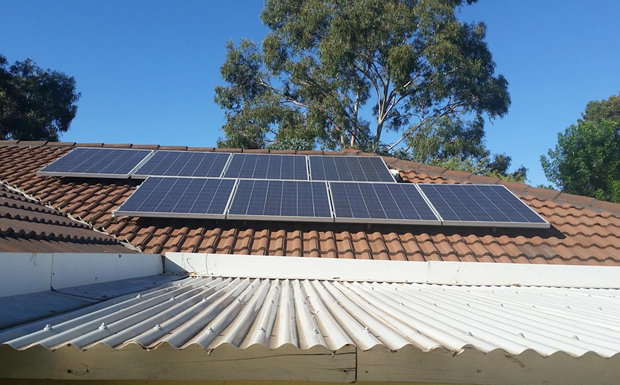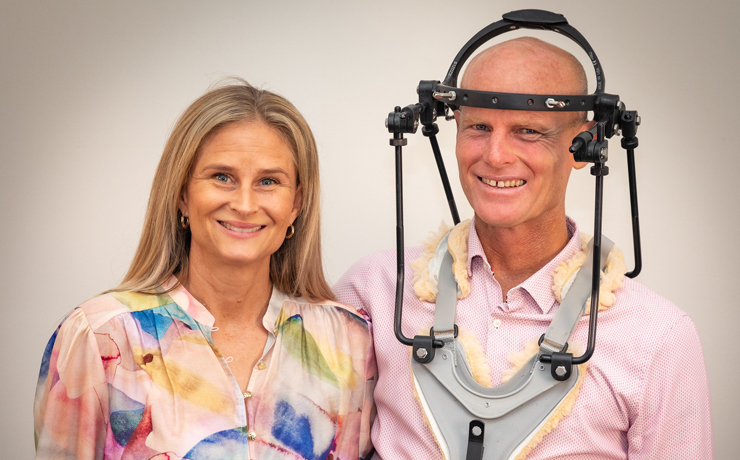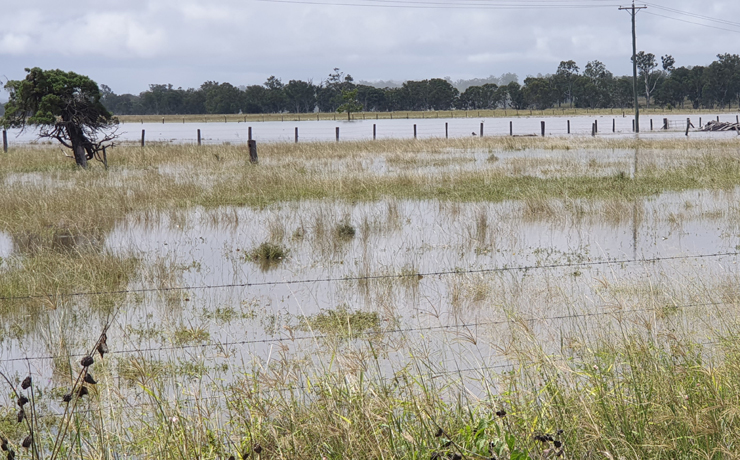
July 24, 2020
Ergon Energy is encouraging most home owners with solar panels to become “solar soakers”, ie. use their solar power rather than export it into the grid.
“While most people export the majority of their solar power on to the electricity network, even if unintentionally, it’s actually not in everyone’s interest to do so,” an Ergon spokesperson said.
“It all comes down to the type of feed-in tariff you have.
“If you’re on the 44c Solar Bonus Scheme feed-in tariff, you’ll most likely benefit by exporting your solar power back to the electricity grid.
“However, if you’re not on the 44c Solar Bonus Scheme feed-in tariff, you’re best off using as much solar power as you can in your home to get the best value from your system. You should only export excess solar power that you don’t need.”
Product and Development Manager Rob Wilson said using your own solar power was called “solar soaking”.
“It’s when you use as much of your solar power in your home as you can to minimise export to the grid. It’s how you get the best value from your system and maximise the use of your renewable energy,” he said.
“Your power bill shows how much electricity you export to the grid. If you’re exporting more than around 8kWh/day or 700kWh over a quarterly billing period, and you are NOT on the 44c Solar Bonus Scheme feed in tariff, you’ll most likely benefit by using more solar power at home to reduce your bill.
“Just using 2kWh/day more of your solar power in your home, it’s possible to save hundreds of dollars off your power bill each year.”
Mr Wilson suggested a few simple things to do to become a “soal soaker”:
- If you’re home during the day (usually from 8:00am to 4:00pm in summer or 9:00am to 3:00pm in winter), simply use any appliances such as dishwashers, washing machines, clothes dryers etc when your solar is generating. For high-energy consuming appliances such as corded vacuums, irons, stove-tops and ovens, stagger their use during the day to make the most of the solar power that’s generated. Where practical, charge laptops, iPads, power tools and other items during the day.
- Not at home during the day? Use appliance timers. Many appliances such as dishwashers, washing machines and clothes dryers have built-in timers that let you control when they come on – you can use these functions to stagger when these appliances operate during the day. For example, you might program your dishwasher to come on at 9:00am, and your washing machine at 11:00am.
More information is available online






















